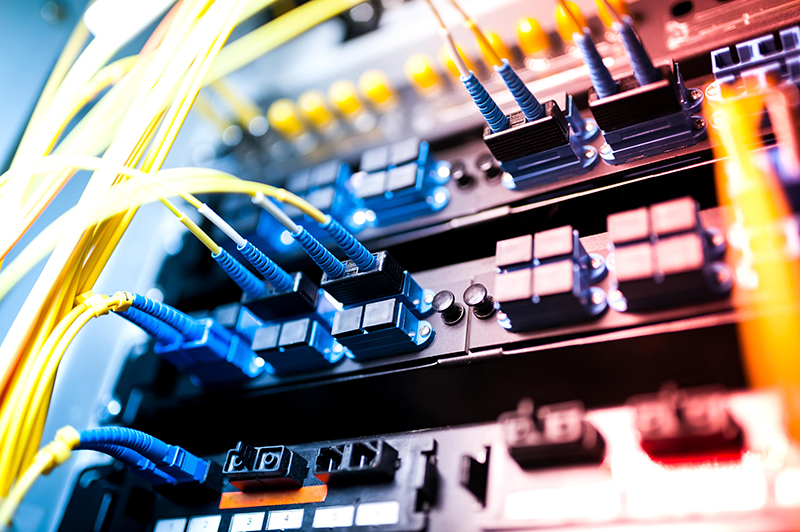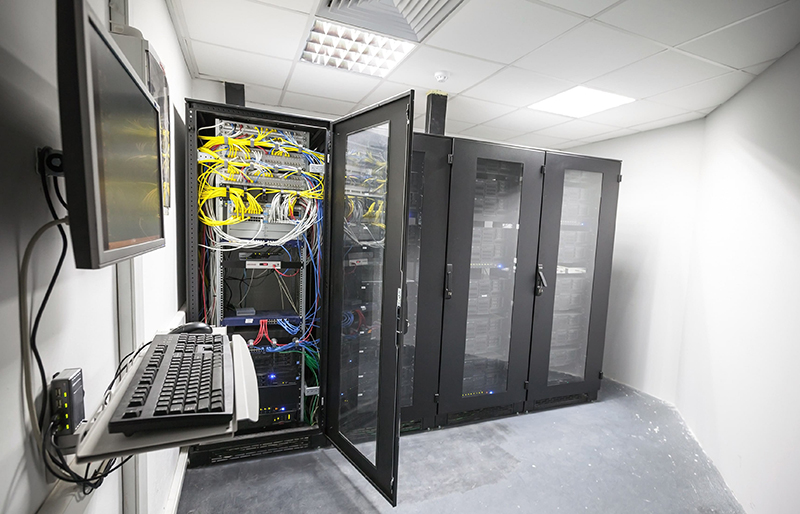- English
- Español
- Português
- русский
- Français
- 日本語
- Deutsch
- tiếng Việt
- Italiano
- Nederlands
- ภาษาไทย
- Polski
- 한국어
- Svenska
- magyar
- Malay
- বাংলা ভাষার
- Dansk
- Suomi
- हिन्दी
- Pilipino
- Türkçe
- Gaeilge
- العربية
- Indonesia
- Norsk
- تمل
- český
- ελληνικά
- український
- Javanese
- فارسی
- தமிழ்
- తెలుగు
- नेपाली
- Burmese
- български
- ລາວ
- Latine
- Қазақша
- Euskal
- Azərbaycan
- Slovenský jazyk
- Македонски
- Lietuvos
- Eesti Keel
- Română
- Slovenski
- मराठी
- Srpski језик
Ten trends of data center energy for 2025
From 2010 to 2019, the data center industry experienced a magnificent decade, from the data computer room to the data center, to today's cloud data center. In the next golden age, new technologies such as artificial intelligence, cloud computing, big data, and 5G are developing rapidly. While data centers are ushering in a surge in market demand, they are also facing problems such as difficulty in obtaining construction resources, long construction cycles, and high energy consumption. There are also many challenges in terms of architectural flexibility and operation and maintenance. Combining Huawei's insight into the IT and data center industries, as well as its own practice in data center construction, Huawei proposed "Ten Trends of Data Center Energy for 2025".
Trend 1: High Density
With the continuous evolution of IT computing power, the CPU and server power continue to increase; with the increasing demand for AI applications, the proportion of AI computing power has further increased. In order to balance efficiency and cost, the data center must develop towards high density. Currently, the average power of a single cabinet in a data center is 6-8kW, and it is expected that by 2025, 15-20kW/cabinet will become the mainstream.
Trend 2: Elasticity
The life cycle of IT equipment is generally 3 to 5 years, and its power density generally doubles every 5 years, while the life cycle of data center infrastructure is 10 to 15 years. The data center infrastructure needs to support architectural flexibility, phased investment, and meet the evolution of the 2nd to 3rd generation IT equipment with the optimal CAPEX in the life cycle; at the same time, due to the different IT services carried, the data center must match the mixed deployment of IT equipment with different power densities .
Trend 3: Green
The current global data center power consumption accounts for about 3% of the total, and it is expected that the total power consumption will reach more than 1,000TWh by 2025. Energy conservation, emission reduction and operating cost reduction are facing huge challenges. Reducing the PUE of data centers and building green data centers have become Inevitable direction. It is the general trend to protect the environment and reduce pollution by using clean energy, waste heat recovery, and maximizing resource conservation (energy saving, land saving, water saving, material saving, etc.) throughout the life cycle of the data center. It is estimated that in the next five years, the PUE of new data centers in China will enter the 1.1 era.
Trend 4: Fast
Internet business presents the characteristics of rapid explosion in a short period of time, and the demand for data and traffic on the business side surges, requiring the data center to be put into use quickly; on the other hand, the data center is transformed from a support system to a production system, and faster online means faster revenue. The current typical level of data center TTM is 9 to 12 months, and it is expected to be shortened to less than 6 months in the future.
Trend 5: Full Digitalization, AI Intelligence
Digitalization and intelligence are the only way for the evolution of data center infrastructure. With the continuous improvement of IoT/artificial intelligence technology, the data center will gradually realize the digitalization of single domains such as operation and maintenance, energy saving, and operation, and evolve to the full life cycle digitalization and automatic driving of planning, construction, operation and maintenance, and optimization. be widely applied.
Trend 6: Full Modularization
In response to the disadvantages of slow construction of traditional data centers and high initial investment costs, more data centers will practice the concept of fully modularized construction. The modular design will evolve from component modularization to architecture modularization, computer room modularization, and finally realize the full modularization of the data center. Full modularization has the advantages of rapid deployment, flexible expansion, simple operation and maintenance, and high efficiency and energy saving.
Trend 7: Simplify electrode supply, lithium enters lead and retreats
The traditional data center power supply and distribution system has problems such as system fragmentation and complexity, large footprint, and difficult fault location. The minimalist power supply architecture will reduce the number of transformations, shorten the power supply distance, reduce land occupation, and improve the out-of-cabinet rate and system energy efficiency. At the same time, compared with traditional lead-acid batteries, lithium batteries have advantages in terms of floor area and service life. With the continuous decline in the cost of lithium batteries, they will be used on a large scale in data centers in the future.
Trend 8: Wind and liquid fusion, wind enters and water recedes
The application of GPU and NPU promotes the increase of high-density scenarios, and liquid cooling systems are becoming more and more common. However, some storage and computing services are still low-density scenarios. In order to quickly adapt to future uncertain IT business needs, the cooling solution must be compatible with air cooling systems and liquid cooling systems. At the same time, due to the complex architecture of the chilled water system, it is not conducive to rapid deployment and operation and maintenance. The indirect evaporative cooling system with modular architecture can shorten the deployment time and reduce the difficulty of operation and maintenance. At the same time, it can make full use of natural cooling resources and greatly reduce the power consumption of the refrigeration system. , will gradually replace the chilled water system in areas with suitable climate.
Trend 9: Linkage of BitWater
Reducing PUE does not mean that the overall energy consumption of the data center is optimal. It is necessary to evaluate and optimize energy consumption of the data center as a whole, not just focusing on the energy infrastructure of the data center. Through the full-stack joint innovation of energy, IT, chips, data, and cloud, the linkage between bits and watts is realized, dynamic energy saving is achieved, and the energy efficiency of the whole system is optimal.
Trend 10: Safe and Trustworthy
The intelligence level of data center infrastructure continues to increase, and the network security threats faced by it have multiplied. The data center must have the six characteristics of resilience, security, privacy, safety, reliability, and availability at the same time, so as to avoid the threat of attacks initiated by environmental factors and malicious personnel, including threats of network intrusion.







